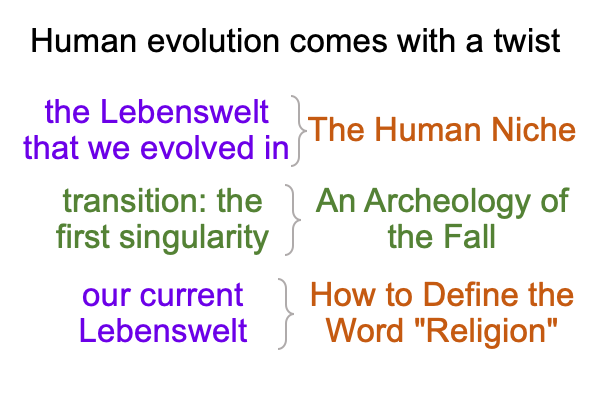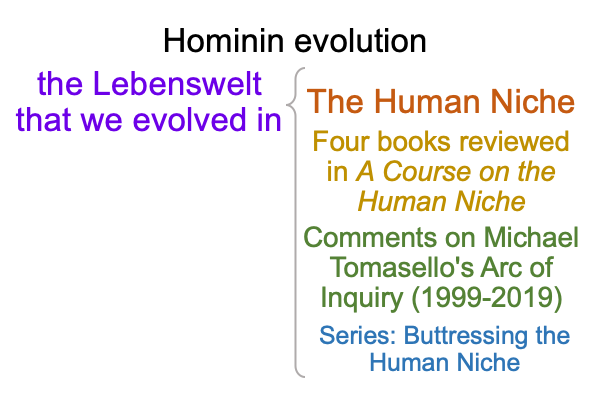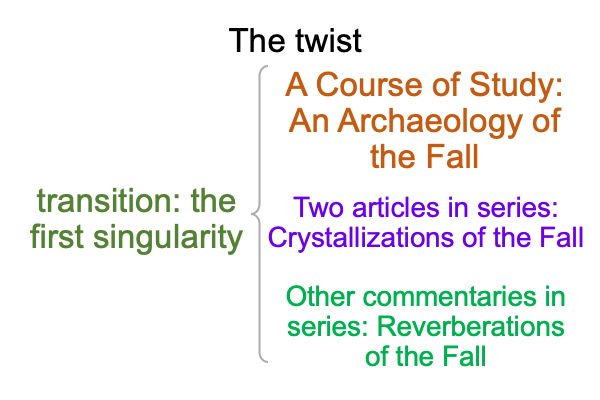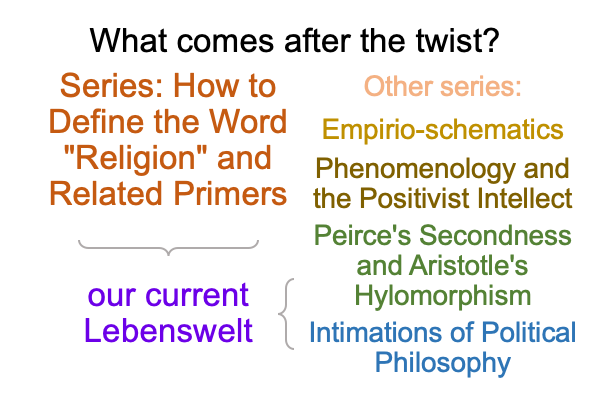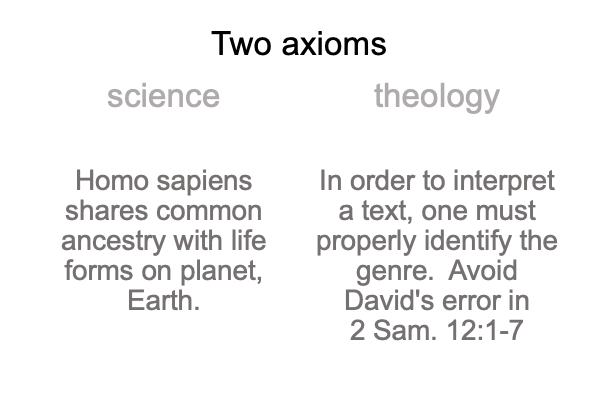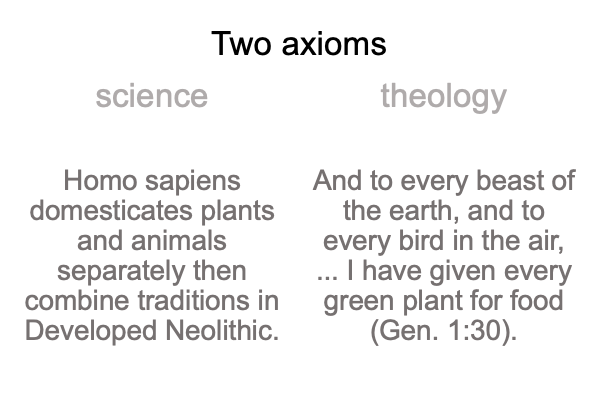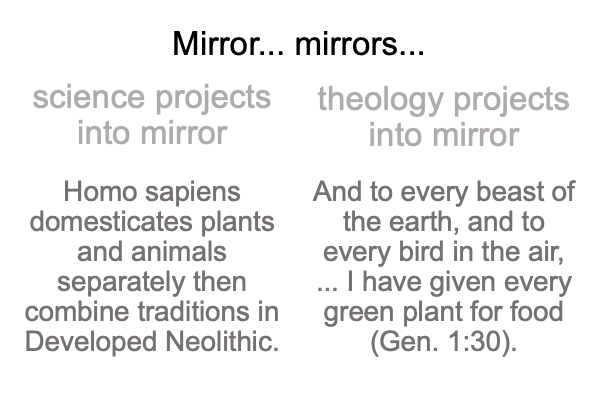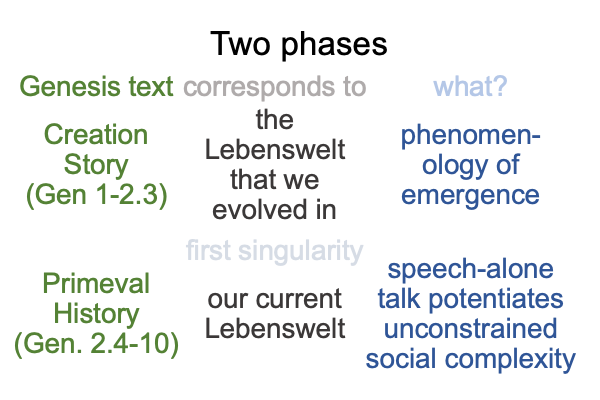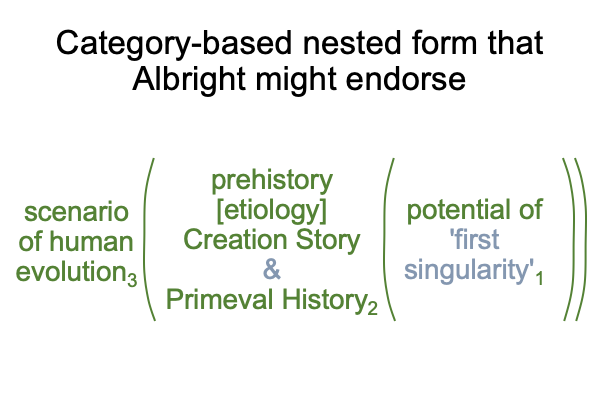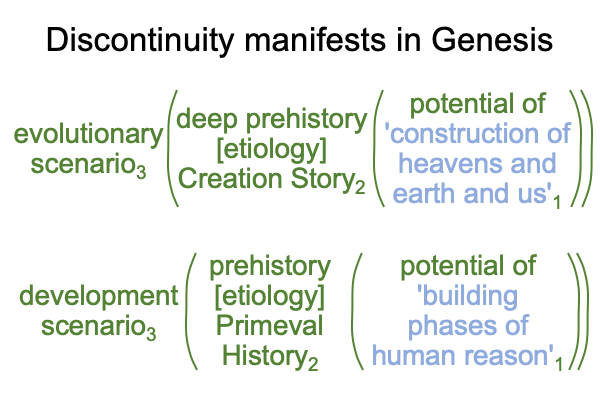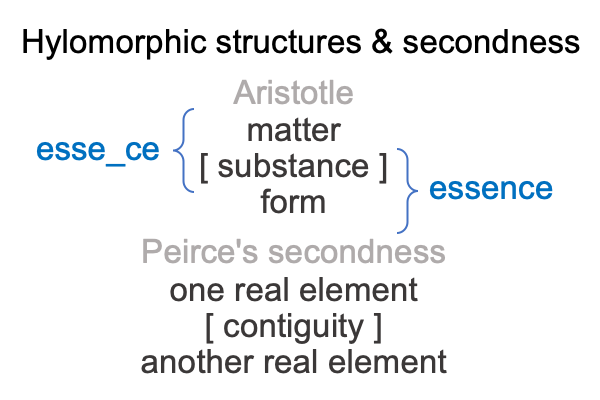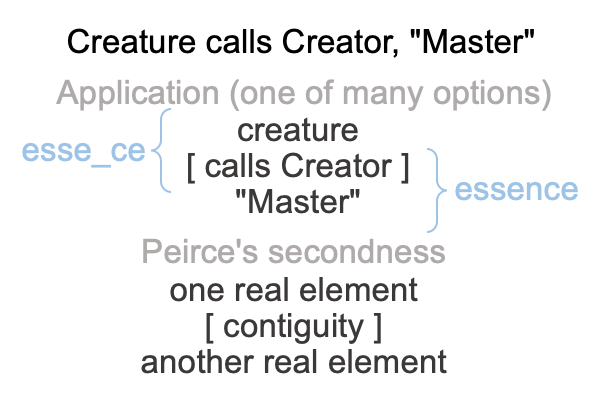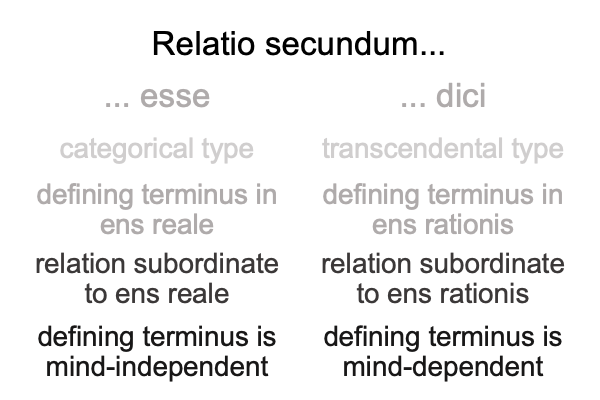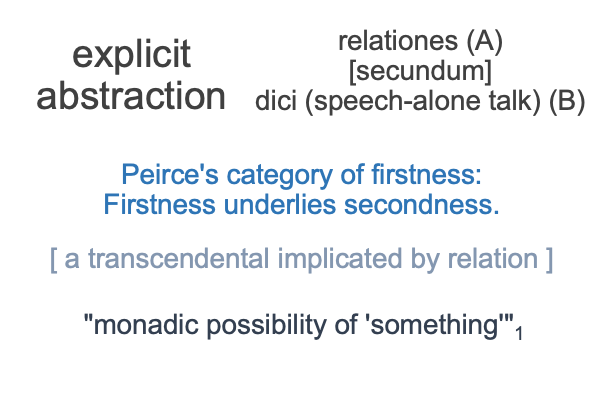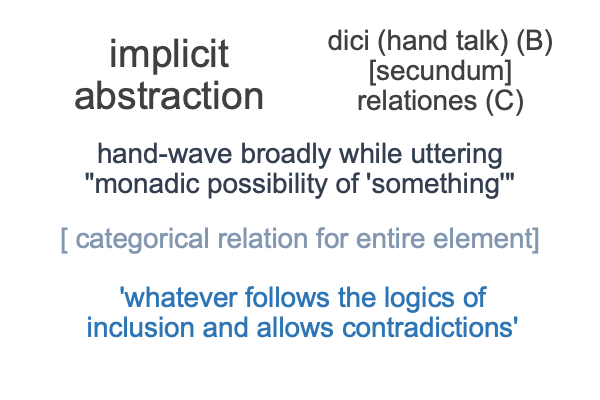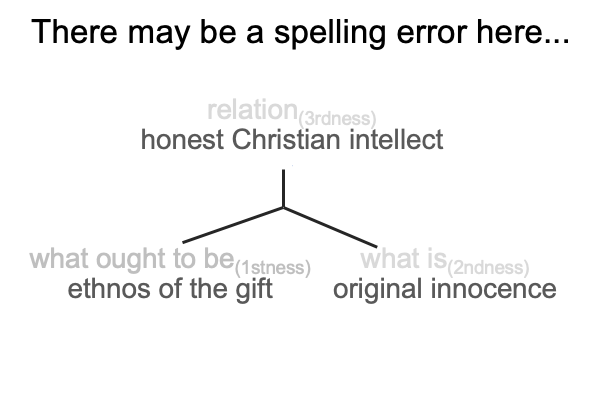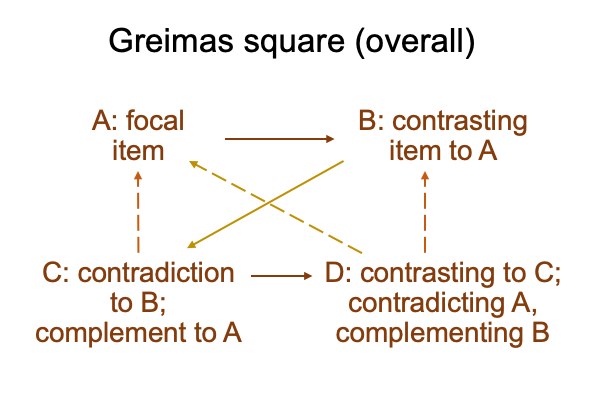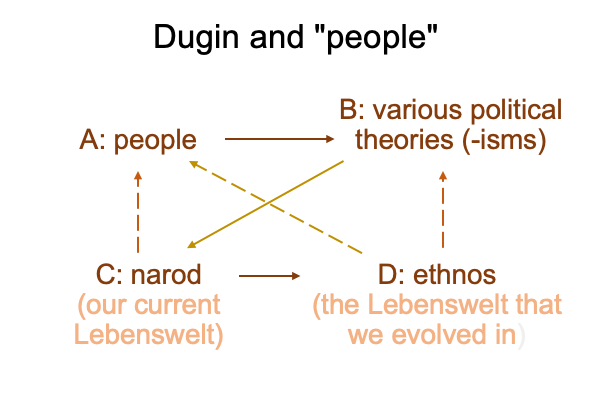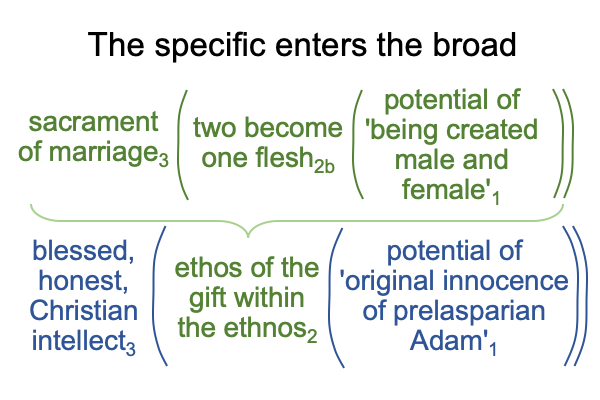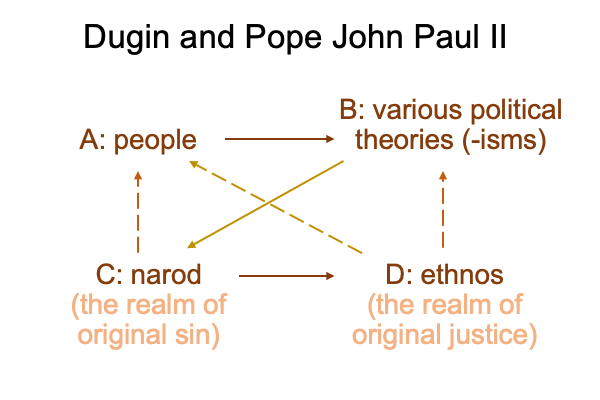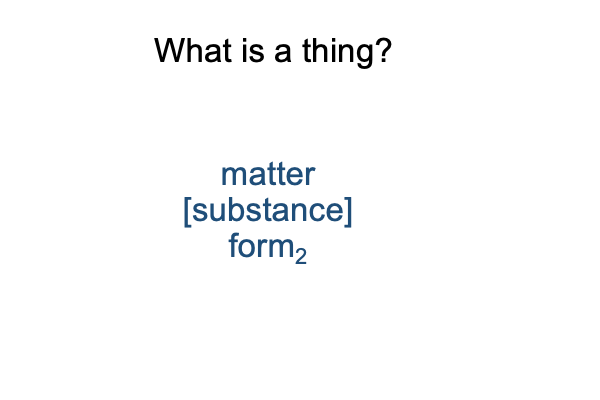A Brief Overview of What Razie Mah offers Biosemioticians in 2025 (Part 1 of 3)
1272 Biosemiotics challenges the current scientific vision of human evolution (as of 2025).
Okay, maybe I should correct that.
Razie Mah presents a challenge. Biosemioticians can board the academic siege-apparatus at their leisure.
Leisure?
In 2010, in the book, Semiotic Animal, John Deely describes the owl of Minerva taking wing in the twilight of the modern Age of Ideas. He, Thomas Sebeok and (no doubt) biosemiotician Alexei Sharov, know that the Third Age of Understanding comes to a close.
1273 In October 2023, Razie Mah blogs a review, titled Looking at John Deely’s Book (2010), “Semiotic Animal”. This examination contains the scholastic interscope for how humans think. The initial version of this interscope is developed in Razie Mah’s e-book, Comments on John Deely’s Book (1994) New Beginnings. The interventional sign-relation comes into view in Comments on Sasha Newell’s Article (2019) “The Affectiveness of Symbols”.
1274 Then, starting in July and running through October 2024, Razie Mah offers a series of examinations in his blog, including Looking at Steve Fuller’s Book (2020) “A Player’s Guide to the Post-Truth Condition”; Joesph Pieper’s book (1974) “Abuse of Language: Abuse of Power”; Vivek Ramaswamy’s book (2021), “Woke, Inc.”; Michelle Stile’s book (2022), “One Idea to Rule Them All”; and N.H. Enfield’s book (2022), “Language vs. Reality”.
These reviews, full of diagrams of the interventional sign relation and detailing its relevance to the current historical moment, are collected in three e-books, Parts 1, 2 and 3, of Original Sin and The Post-Truth Condition.
1275 The owl of Minerva lands in the dawning Age of Triadic Relations.
1276 This brings me to the question of human agency.
Section 3.6 of Semiotic Agency is titled, “Development of Human Agency in Historical Perspective”.
The authors’ story begins with the Neolithic Revolution of the Fertile Crescent, starting around 12,000 years ago, then seamlessly drifts to our own current day. It reads as if our current Lebenswelt starts with the Neolithic archaeological period.
1277 This story of the development of humanity is not much different from the written myths of the ancient Near East, where humans are um… created… when some differentiated god places special seeds in the soil… or something like that. These ancient myths are recorded on cuneiform clay tablets, that are preserved by their incineration in royal libraries thousands of years ago.
Yes, incineration.
The tablets are made of clay.
The capital burns. Clay fires to brick. Brick lasts so long that an archaeologist can read the script of a tablet millennia later.
1278 The origin myths of the ancient Near East testify that humans are recent creations, formed from differentiated gods, for the god’s own purposes. That sounds like our current Lebenswelt to me. That sounds like the “Development of Human Agency in Historical Perspective”.
Why don’t civilized humans have the agency to see beyond the start of their own civilizations?
1279 Biosemiotics has an answer. Civilized humans practice a type of semiosis that differs from the type of semiosis that their ancestors practiced.
What am I talking about?
The evolution of talk is not the same as the evolution of language.
1280 Our current Lebenswelt of civilizations practices speech-alone talk. Speech-alone talk offers the comforts of implicit abstraction (characteristic of icons and indexes) and facilitates the unexpectedly profitable rewards (and the unanticipated costs) of explicit abstraction. Speech-alone talk can attach a label to anything. In short, anything can become a sign-vehicle (SVs), just by speaking the label.
1281 So, what does a spoken word mean? Is the nature of its presence merely a label? What message does that send? The answers to all these questions are explicit abstractions. Spoken words facilitate explicit abstractions based on the purely symbolic-sign qualities of symbols.
1282 The Lebenswelt that we evolved in practices hand-talk (for the Homo genus) and hand-speech talk (for the species Homo sapiens). Hand talk permits implicit abstraction.
What do I mean by “implicit abstraction”?
The diagrams in my examination of Alexei Sharov’s and Morten Tonnessen’s book, Semiotic Agency, depict purely relational structures that hominins adapted to over the course of millions of years. The idea is mind boggling to the modern. However, implicit abstraction accounts for modern trends, such as the appearance and success of phenomenology in a civilization prospering on empirio-schematic inquiry.
1283 One of the first items of value for the biosemiotician are works that are contained in the series, A Course on Implicit and Explicit Abstraction, by Razie Mah, available at smashwords and other e-book venues.
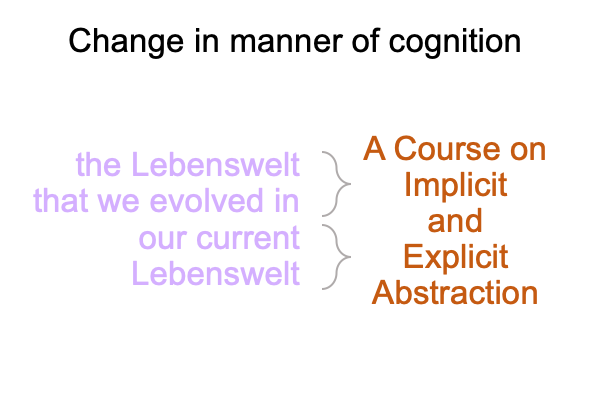
1284 The Lebenswelt that we evolved in practices only implicit abstraction.Our current Lebenswelt also practices explicit abstraction.

